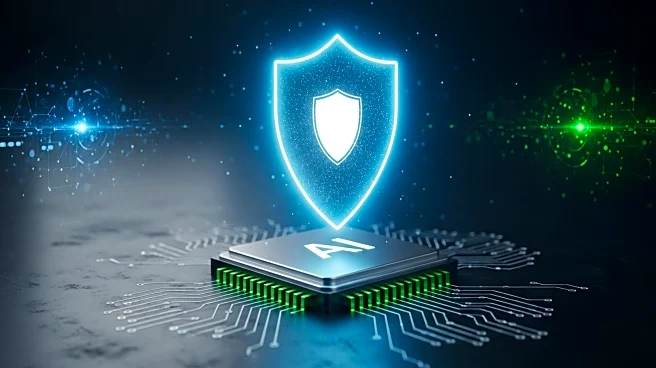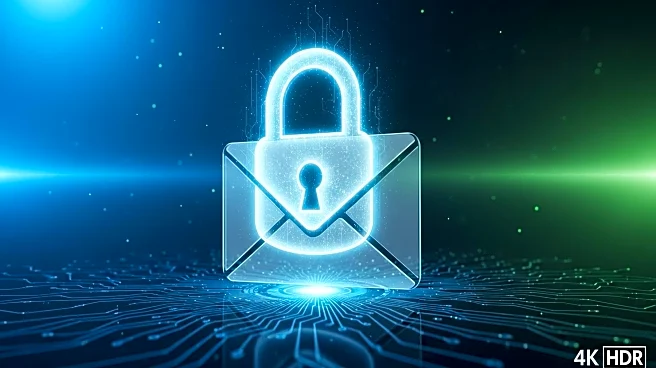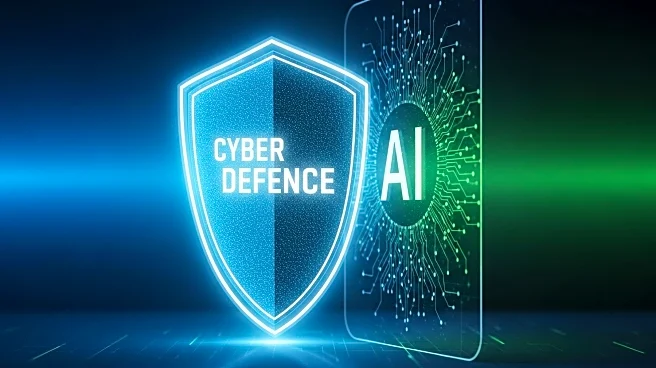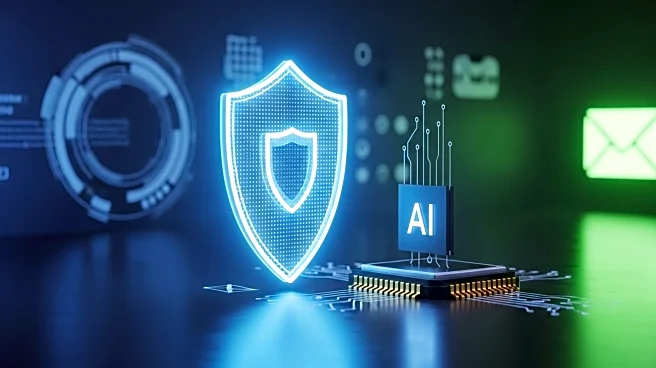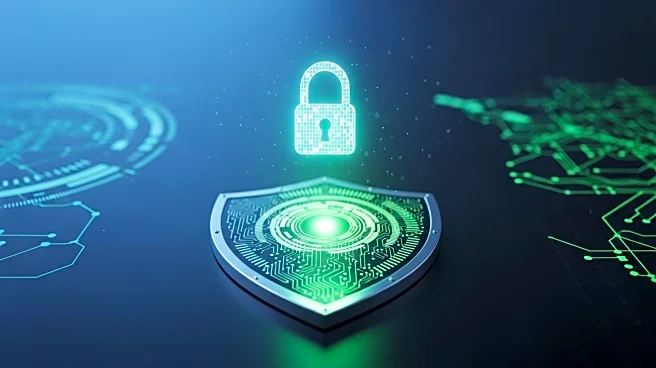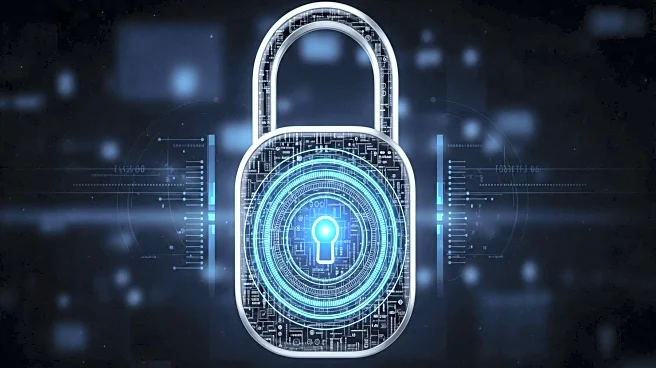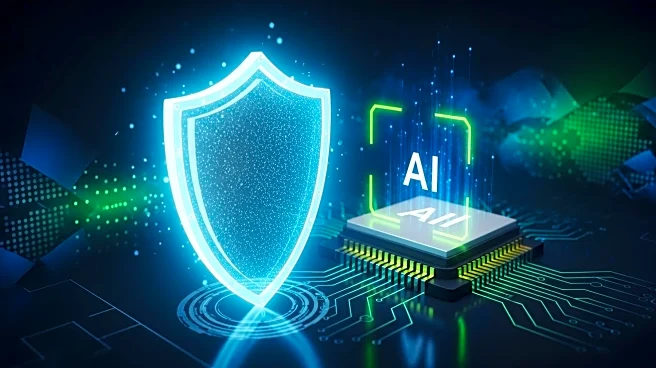What's Happening?
The latest episode of Security Breach focuses on the expanding threat landscape in cybersecurity, addressing issues such as zero-day vulnerabilities, nation-state threats, phishing schemes, and ransomware. The discussion emphasizes the role of artificial intelligence in both enhancing defense mechanisms and complicating threat detection. Experts from ExtraHop and Sophos provide insights into legacy vulnerabilities, deepfakes, patch management, and supply chain defenses. The episode aims to provide strategies for securing operational technology (OT) environments against these evolving threats.
Why It's Important?
The growing complexity of cybersecurity threats necessitates advanced solutions and strategies to protect critical infrastructure and business operations. AI plays a dual role in this landscape, offering tools for improved threat detection while also enabling more sophisticated attacks. Organizations must adapt to these changes by implementing robust security measures and staying informed about emerging threats. The insights shared in the episode highlight the importance of proactive defense strategies and the need for continuous improvement in cybersecurity practices.
What's Next?
As cybersecurity threats continue to evolve, organizations must prioritize patch management, supply chain defenses, and social engineering awareness. The integration of AI into security systems offers potential for enhanced threat detection and response, but requires careful implementation to avoid vulnerabilities. Future episodes of Security Breach will likely explore additional topics and provide further guidance on navigating the cybersecurity landscape.
Beyond the Headlines
The ethical implications of AI in cybersecurity are significant, as organizations must balance the benefits of AI-driven defense with the risks of increased attack sophistication. The reliance on AI tools raises questions about data privacy, security governance, and the potential for misuse. Continuous education and awareness are essential to address these challenges and ensure effective cybersecurity practices.
